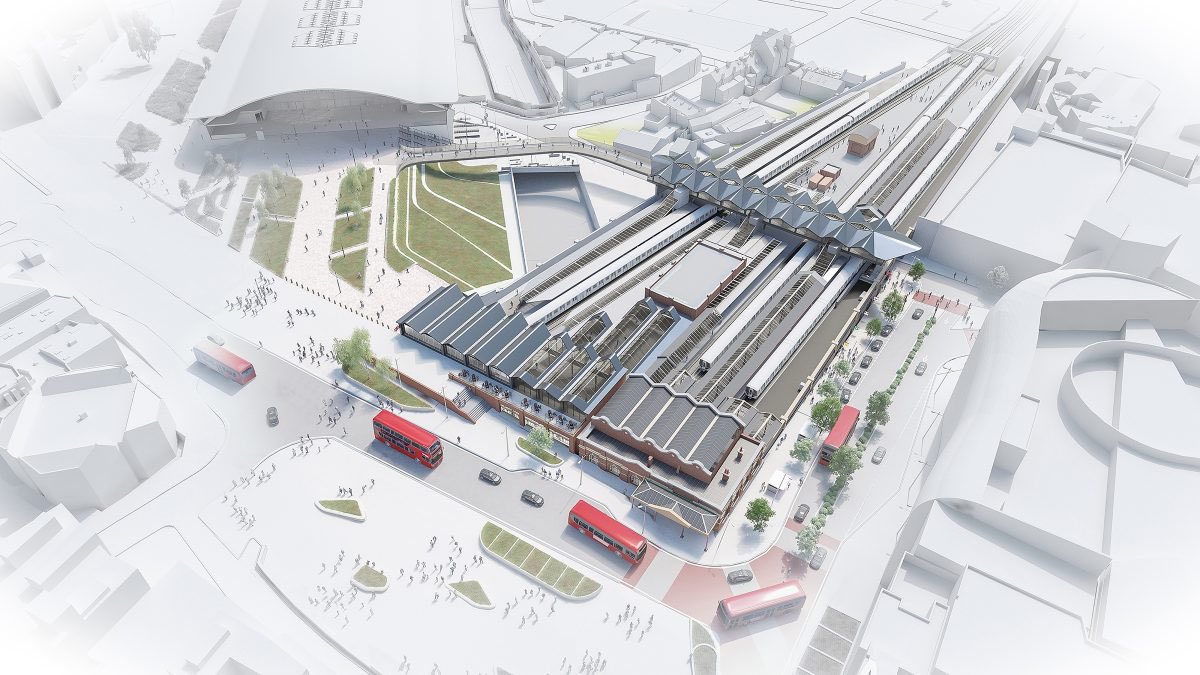The ecological emergency must be taken into account in all sectors of activity. The sustainable development proposed by the States is based on three fundamental aspects: the environment, the economy and the social.
In the context of public works, the use of geosynthetic materials allows better use of the resources present on the site by valorising them, limiting the externalities linked to their transport.

Geosynthetic Materials and the Social Dimension
Geosynthetic materials help to protect people against natural hazards by limiting the effects of erosion, collapse, flooding or landslides. They facilitate the preservation of water resources through their use in reservoirs and basins, drinking water storage, canals and irrigation works. They also help to facilitate the transport of people and goods as they are used for the construction of roads and railways, canals and river and sea banks, tunnels and underground structures.
From a socio-economic point of view, the geosynthetic sector employs several thousand people in Europe, divided between production, engineering, sales and distribution, implementation and installation, dedicated laboratories and control companies.
Geosynthetic Materials and the Environmental Dimension
The materials can be one of the assets to preserve the “liveability” of our world. Its use is growing in the rehabilitation of sites, polluted soils or former mining operations, but also in the protection of aquifers and aquatic environments, waste storage and protection against the effects of climate change (dikes, breakwaters).
Several recent studies have quantified the reduction in environmental impact associated with the use of geosynthetics in public works, civil engineering and environmental projects. Geosynthetics allow to reduce the quantities of materials taken from natural environments such as aggregates, sand or clay. They also extend the life of structures by limiting cracks, erosion and other instability phenomena.
It is true that the manufacture of these materials is still mainly based on the processing of hydrocarbons. Like many construction materials, it depends on fossil fuels. But today, research is being carried out to enable synthetic materials to be replaced by natural or recycled fibres.
Geosynthetic Materials and the Economic Dimension
In addition to the social, societal and environmental dimensions, its economic dimension is not negligible. The French geosynthetics market is currently supported by around one hundred companies. This innovative market, which emerged less than 40 years ago, has been growing steadily for the past 10 years, with annual growth of over 8%. In France, the value generated by this activity represents approximately 200 million Euros per year, for a surface area of 140 million m2. Other economic factors include a reduction in the time and costs of construction and the delivery of materials to and from the site, as well as an extension of the life of works
The use of geosynthetic materials fulfils all the principles of sustainable development and offers many advantages that you will discover in the interview of an expert in underpinning and user of the M3S® process developed by Sol Solution.
This article was originally published by Sol Solution.










